
Explore the Enigmatic Toumpallos: A Hellenistic Underground Marvel
Uncover the secrets of the Toumpallos, an enchanting Hellenistic underground complex in Paphos, Cyprus, where history and artistry come alive.
Discover the fascinating Toumpallos, a remarkable Hellenistic rock-cut underground complex in Paphos, Cyprus. This historical landmark offers an intriguing glimpse into ancient engineering and artistry, captivating tourists with its intricate designs and rich history.
A brief summary to Toumpallos - Hellenistic Rock-cut Underground Complex
- QC66+X3W, Paphos, CY
- +35726306217
Local tips
- Visit early in the morning to avoid crowds and enjoy a more intimate experience.
- Wear comfortable shoes, as the terrain can be uneven and slippery in certain areas.
- Bring a flashlight to better appreciate the intricate details of the carvings in the darker passages.
- Consider hiring a local guide to gain deeper insights into the history and significance of the site.
- Check the opening hours before your visit, as they may vary seasonally.
Getting There
-
Walking
Start your journey at the Kato Paphos Harbour area. From the harbour, head east along the coastal promenade. You will pass by various cafes and shops. Continue walking until you reach the junction with Poseidonos Avenue, where you will see the Paphos Archaeological Park on your left. Turn left onto Poseidonos Avenue.
-
Walking
Continue walking along Poseidonos Avenue until you reach the intersection with the road leading towards the Tombs of the Kings. At this intersection, turn right onto Tombs of the Kings Road. Keep an eye out for signs directing you towards the Tombs of the Kings.
-
Walking
Walk along Tombs of the Kings Road for approximately 1.5 km. You will pass by various historical sites along the way. Keep walking until you reach the entrance to the Tombs of the Kings site which will be on your left.
-
Walking
Once at the Tombs of the Kings, you will need to exit the site and continue walking along the main road (Tombs of the Kings Road). After about 300 meters, look for a pathway leading to the right, which will lead you towards the Toumpallos area.
-
Walking
Follow the pathway, which will eventually lead you to QC66+X3W, Paphos 8040, where the Toumpallos - Hellenistic Rock-cut Underground Complex is located. You may need to ask locals for additional directions as it may not be well signposted.
Discover more about Toumpallos - Hellenistic Rock-cut Underground Complex
Iconic landmarks you can’t miss
Toumpallos - Hellenistic Rock-cut Underground Complex
0.0 km
Explore the captivating Toumpallos Hellenistic Rock-cut Underground Complex in Paphos, Cyprus, and uncover the secrets of ancient architecture.
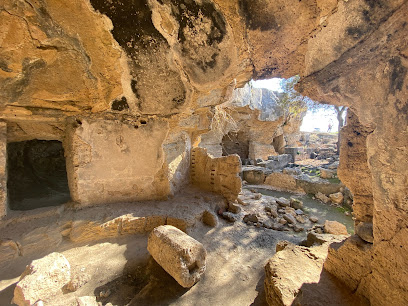
Táphos
0.1 km
Discover Tápohos, a historical gem in Paphos, Cyprus, where ancient ruins meet breathtaking landscapes, perfect for history lovers and curious travelers.

Northwest City Gate and Rock Bridge
0.3 km
Explore the rich history and breathtaking views of the Northwest City Gate and Rock Bridge in Paphos, a perfect blend of culture and nature.
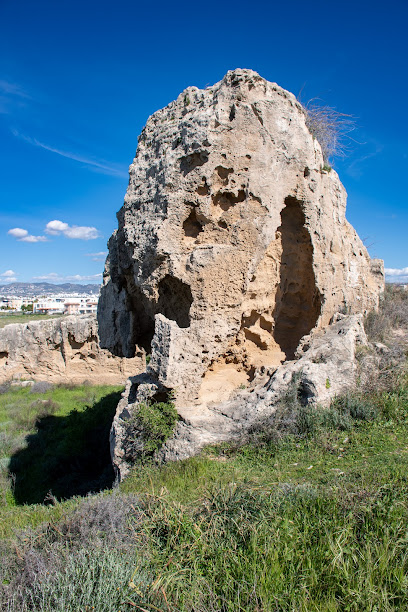
Agora
0.3 km
Explore the rich history and stunning ruins of Paphos' Agora, a must-visit historical landmark that showcases ancient Cypriot civilization.
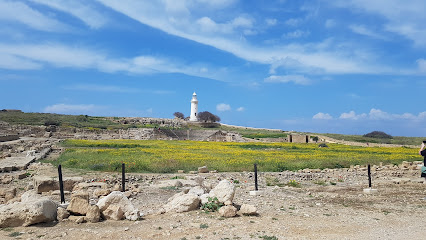
Cathedral Ruins
0.4 km
Uncover the serene beauty of the Cathedral Ruins in Paphos, a captivating historical landmark reflecting Cyprus's rich heritage.
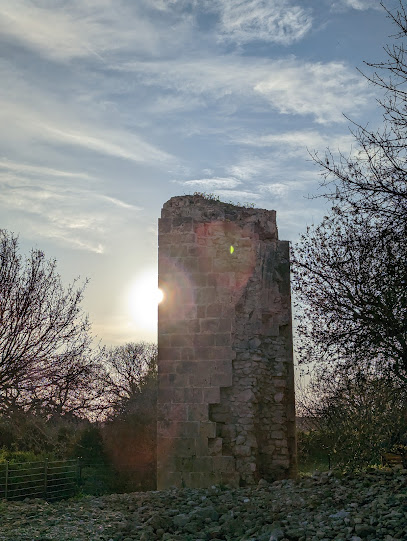
Petra tou Digheni
0.4 km
Discover Petra tou Digheni in Paphos, a captivating historical landmark showcasing Cyprus' rich cultural heritage and breathtaking scenery.
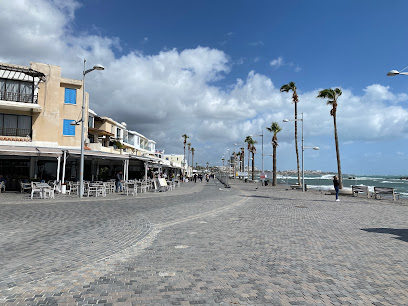
Roman Cistern
0.4 km
Discover the enchanting Roman Cistern in Paphos, a historical landmark that showcases ancient engineering and the rich history of Cyprus.
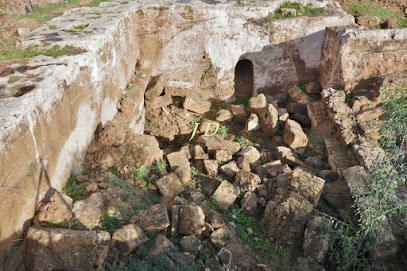
Hellenistic-Roman Theatre
0.4 km
Discover the timeless beauty of the Hellenistic-Roman Theatre in Paphos, a UNESCO World Heritage site steeped in rich history and stunning architecture.
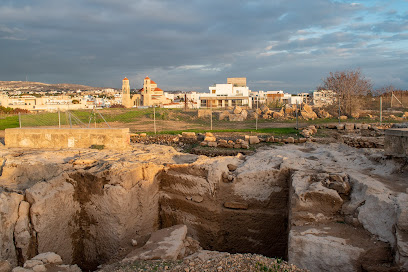
Hellenistic Circuit Wall Remains
0.4 km
Discover the Hellenistic Circuit Wall Remains in Paphos, a captivating historical landmark showcasing ancient fortifications with stunning views.
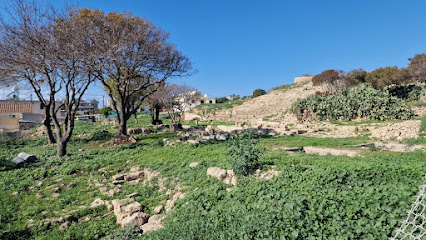
Roman Nymphaeum
0.4 km
Explore the Roman Nymphaeum, a stunning historical landmark in Paphos, Cyprus, showcasing ancient Roman architecture and enchanting natural beauty.

Medieval Baths
0.5 km
Explore the serene beauty and rich history of the Medieval Baths in Paphos, a captivating landmark that showcases Cyprus' vibrant past.
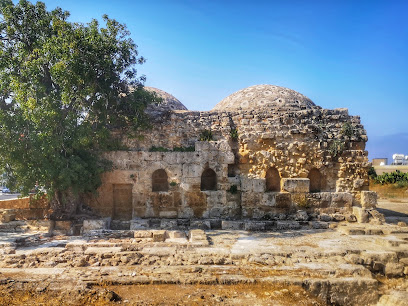
Unmissable attractions to see
Fabrika Hill Cave Complex- Megalithic site
0.2 km
Discover the ancient marvels of the Fabrika Hill Cave Complex in Paphos, Cyprus - a unique megalithic site blending history and natural beauty.
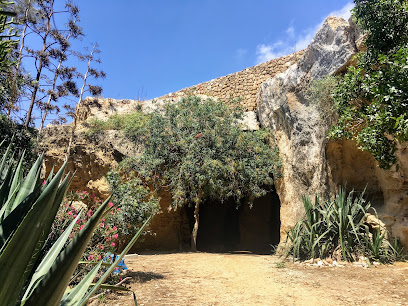
Agia Solomoni Catacomb
0.2 km
Explore the Agia Solomoni Catacomb in Paphos, a breathtaking underground shrine with rich history and unique artistry, perfect for spiritual seekers and history buffs.
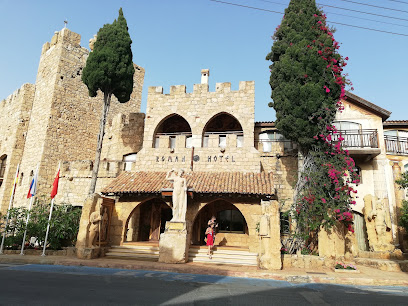
Early Hellenistic Pebble Mosaic Floor
0.3 km
Explore the Early Hellenistic Pebble Mosaic Floor in Paphos, a stunning historical landmark showcasing ancient artistry and cultural heritage.
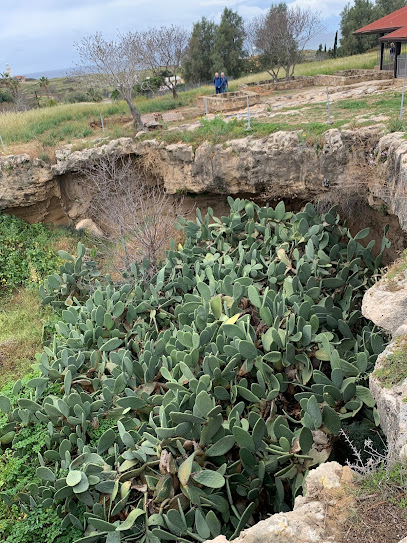
Lockdown Paphos Escape Games
0.3 km
Experience the ultimate escape at Lockdown Paphos, where thrilling adventures and immersive puzzles await every visitor.

Nea Paphos
0.3 km
Explore the historical wonders and stunning coastal beauty of Nea Paphos, a must-visit destination in Cyprus for every traveler.
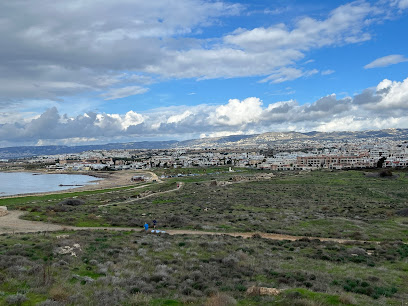
Walkway
0.3 km
Experience the Paphos Walkway: A beautiful coastal path rich in culture and stunning views, perfect for leisurely strolls and unforgettable memories.
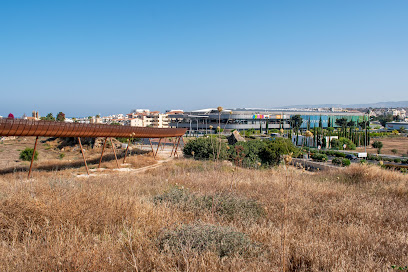
Fabrika Hill Panoramic Viewing Platform
0.3 km
Experience stunning panoramic views of Paphos and the Mediterranean Sea at the Fabrika Hill Panoramic Viewing Platform, a must-visit tourist attraction.
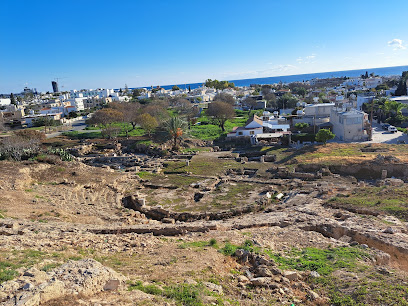
Roman Odeon
0.4 km
Uncover the ancient splendor of the Roman Odeon in Paphos, where history and culture come alive in a stunning amphitheater setting.
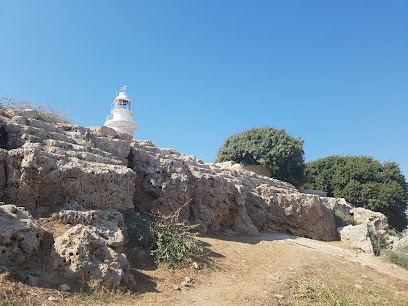
Fanari Hill Panoramic Viewing Platform
0.4 km
Discover stunning coastal views and breathtaking sunsets at Fanari Hill Panoramic Viewing Platform in Paphos, Cyprus.
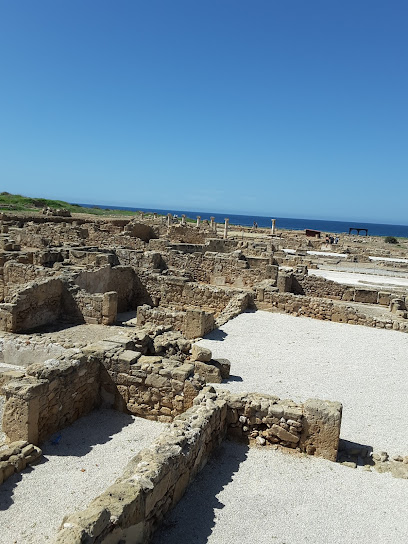
Small cave
0.4 km
Experience the tranquil beauty of the Small Cave at Paphos Lighthouse, a must-visit natural attraction in Cyprus.
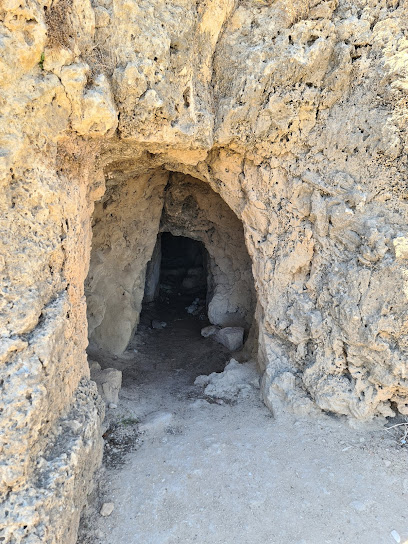
old pier
0.4 km
Explore the historic Old Pier in Paphos, a scenic spot that captures the beauty of Cyprus's coast and its rich maritime history.

Paphos Lighthouse
0.4 km
Explore the Paphos Lighthouse, a historical gem offering stunning views and a glimpse into Cyprus's maritime heritage.

Lighthouse
0.4 km
Explore the historic Lighthouse of Paphos, a picturesque landmark offering stunning coastal views and rich maritime history in Cyprus.
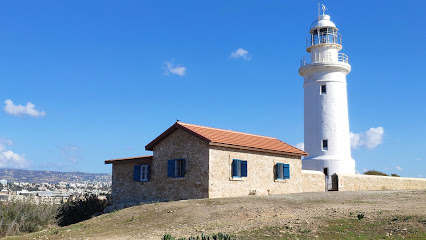
Agios Agapitikos
0.4 km
Explore Agios Agapitikos, an essential historical landmark in Paphos, Cyprus, steeped in Byzantine legends and serene beauty.
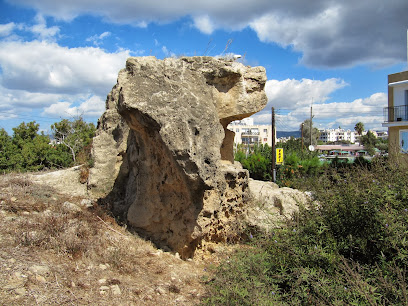
Oldest Ficus Tree
0.5 km
Explore the Oldest Ficus Tree in Paphos, Cyprus – a magnificent testament to nature’s beauty and resilience, perfect for nature lovers and history enthusiasts.
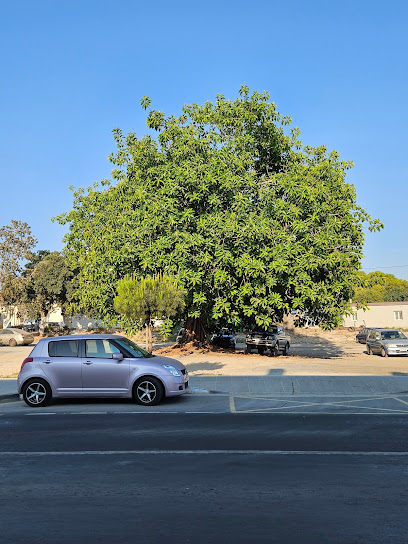
Essential places to dine
Nostalgia
0.4 km
Discover Nostalgia in Paphos: A delightful fusion of local and international cuisine awaits in this charming restaurant.

Tavernaki
0.4 km
Experience the essence of Cyprus at Tavernaki, where traditional flavors meet warm hospitality in the heart of Paphos.

Taco Bell
0.4 km
Discover bold flavors at Taco Bell in Paphos – where fast food meets Mexican delight in an exciting atmosphere.

The Three Little Pigs Grill House
0.4 km
Discover authentic Cypriot flavors at The Three Little Pigs Grill House in Paphos – where great food meets warm hospitality.

Minas tavern
0.4 km
Discover Minas Tavern in Paphos for an authentic taste of Cyprus with traditional dishes served in a warm and inviting atmosphere.
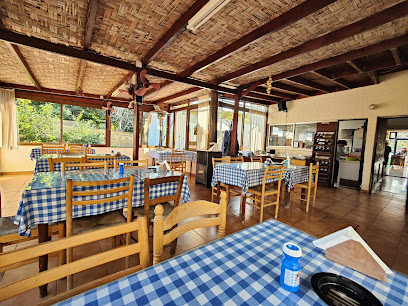
Chef's Garden
0.5 km
Discover exquisite Cypriot cuisine at Chef's Garden in Paphos - where fresh ingredients meet culinary artistry.
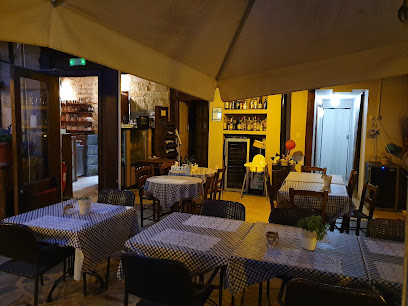
Thomas's Jungle Pub
0.5 km
Discover the vibrant ambiance and diverse menu at Thomas's Jungle Pub in Paphos, Cyprus - where delicious food meets lively entertainment.
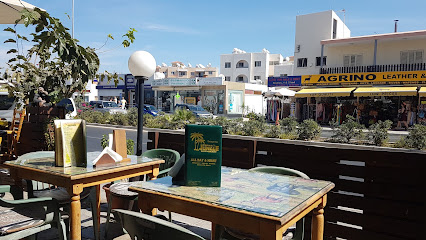
Hondros - The oldest traditional tavern
0.5 km
Discover authentic Greek flavors at Hondros - the oldest traditional tavern in Paphos, where every dish tells a story.

Mother's Restaurant
0.6 km
Experience authentic Greek cuisine at Mother's Restaurant in Paphos—where tradition meets taste amidst the beauty of Cyprus.
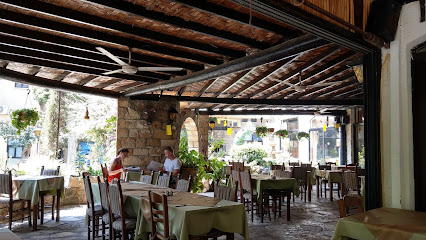
The Windmill
0.6 km
Experience the authentic taste of Cyprus at The Windmill in Paphos—where homemade dishes meet local flavors.

Argo
0.6 km
Experience authentic Cypriot and Mediterranean cuisine at Argo, where every dish tells a story of flavor and tradition.

To Eklekton Cypriot Corner
0.7 km
Experience authentic Cypriot cuisine at To Eklekton Cypriot Corner in Paphos - where tradition meets flavor in every dish.

DIVINE PEAK RESTAURANT
0.7 km
Experience the essence of Cypriot cuisine at Divine Peak Restaurant in Paphos with breathtaking views and authentic flavors.

Saigon Vietnamese Food
0.7 km
Discover authentic Vietnamese cuisine at Saigon in Paphos - where every dish tells a story of flavor and tradition.

Shahi Indian Restaurant Paphos
0.7 km
Experience the rich flavors of India at Shahi Indian Restaurant in Paphos - where every dish tells a story.

Markets, malls and hidden boutiques
Wine & More by French Depot Paphos
0.3 km
Discover a delightful selection of wines, gourmet foods, and artisanal gifts at Wine & More by French Depot in Paphos, Cyprus.

LACOSTE Kings Avenue Mall Paphos
0.4 km
Explore the timeless elegance of LACOSTE at Kings Avenue Mall in Paphos, where style meets comfort for the discerning traveler.

TOMMY HILFIGER Kings Avenue Mall Paphos
0.4 km
Explore stylish fashion and trendy apparel at TOMMY HILFIGER in Kings Avenue Mall, Paphos - a shopper's paradise in Cyprus!

Paphos
0.4 km
Explore Paphos, a UNESCO World Heritage site, rich in history, stunning mosaics, and breathtaking coastal scenery, making it a must-visit destination in Cyprus.

Japanese BouAntique
0.4 km
Discover timeless treasures at Japanese BouAntique, a charming antique store in Paphos that showcases unique artifacts and rich cultural heritage.

Lepus Gift Shop - Kings Avenue Mall
0.4 km
Explore Lepus Gift Shop in Kings Avenue Mall, Paphos for unique gifts, stylish handbags, exquisite jewelry, and elegant watches that reflect local artistry.

Crystal Shop Cyprus
0.4 km
Explore the mystical world of crystals, aromatherapy, and unique gifts at Crystal Shop Cyprus in Paphos, a haven for spiritual seekers and souvenir hunters.

Sugarfree Cyprus KINGS AVENUE MALL
0.4 km
Discover the latest trends in women's fashion at Sugarfree Cyprus, located in the lively Kings Avenue Mall of Paphos.

Kings Avenue Mall
0.5 km
Discover Kings Avenue Mall in Paphos, a premier shopping destination featuring top brands, diverse dining, and vibrant entertainment options for all.

Mango
0.5 km
Discover trendy fashion at affordable prices in Paphos' stylish Mango outlet store, perfect for tourists looking to update their wardrobe.

Jumbo
0.5 km
Discover Jumbo in Paphos, a vibrant supermarket and shopping mall offering a diverse range of products for every need in a welcoming atmosphere.

JACK & JONES
0.5 km
Explore the latest men's fashion trends at JACK & JONES in Paphos, Cyprus, where style meets quality in a vibrant shopping environment.

Prehistoric Treasures, Paphos
0.6 km
Explore the artistry of Cyprus at Prehistoric Treasures, where every piece of jewelry tells a story of history and craftsmanship.

Mediterranean Nature Trading
0.6 km
Explore Paphos' Mediterranean Nature Trading for authentic Cypriot souvenirs, crafts, and more in the heart of Cyprus.

SISTERS minimarket & souvenir shop
0.6 km
Discover the charm of Paphos at SISTERS Minimarket & Souvenir Shop, where local flavors and unique souvenirs await every traveler.
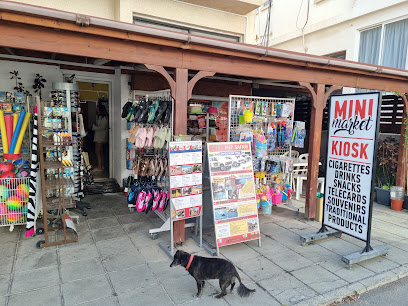
Essential bars & hidden hideouts
Ben's Bar
0.3 km
Experience the vibrant flavors and welcoming atmosphere of Ben's Bar in Paphos, where delicious grilled dishes meet friendly faces.

Monara Live Music & Sports Bar
0.3 km
Discover the lively Monara Live Music & Sports Bar in Paphos, where live music, sports, and delicious food create unforgettable memories.
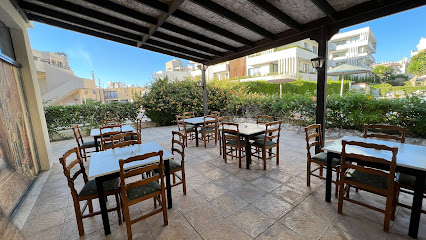
Pit Stop Pub
0.6 km
Experience the vibrant atmosphere of Pit Stop Pub in Paphos, where delicious food meets local charm in a cozy setting.

Aces Bar
0.7 km
Experience the thrill of sports at Aces Bar in Paphos, a premier destination for fans and food lovers alike with a vibrant atmosphere and great food.
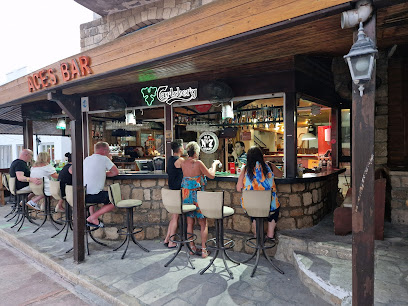
Paradise Cove Bar
0.7 km
Discover the vibrant Paradise Cove Bar in Paphos, Cyprus, offering stunning sea views, refreshing cocktails, and a lively atmosphere for unforgettable moments.

Waterhole Bar
0.7 km
Discover the lively Waterhole Bar in Paphos, where refreshing drinks and a vibrant atmosphere create unforgettable memories in Cyprus.

Mikeys Bar
0.7 km
Experience the vibrant nightlife of Paphos at Mikey's Bar, where refreshing drinks and friendly faces await in a cozy atmosphere.

Different Bar
0.7 km
Discover the vibrant nightlife at Different Bar in Paphos—a welcoming gay bar with affordable drinks and lively entertainment.

Queen Vic Pub
0.7 km
Discover the warm and welcoming atmosphere of Queen Vic Pub, where British pub culture meets the charm of Kato Paphos, Cyprus.

Buzz Bar
0.7 km
Discover Buzz Bar in Paphos, Cyprus - the lively cocktail bar where unforgettable nights and creative drinks await you.
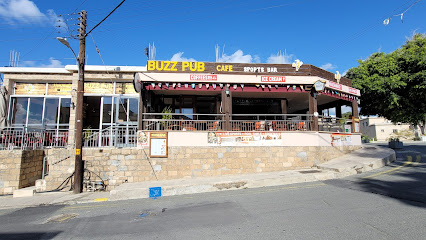
The Meeting Pub
0.8 km
Experience the friendly ambiance and local flavors at The Meeting Pub in Paphos, where every visit feels like coming home.
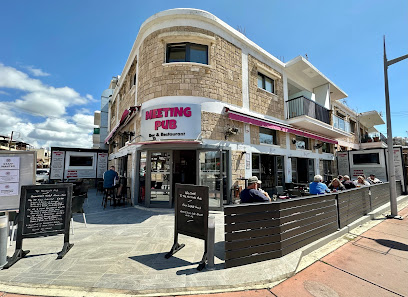
Baywatch
0.8 km
Experience the vibrant nightlife at Baywatch, Paphos' favorite bar for cocktails, music, and good times in a lively atmosphere.

Friends Resto Bar
0.8 km
Discover the vibrant atmosphere and delicious menu at Friends Resto Bar in Paphos, Cyprus—where culinary delights meet local nightlife.

The Bottle Bank Pub Cafe
0.8 km
Discover the vibrant nightlife at The Bottle Bank Pub Cafe in Paphos, a local favorite for drinks, live music, and a friendly atmosphere.

The Rose Pub
0.8 km
Discover the vibrant atmosphere of The Rose Pub in Paphos, where delicious food and local culture come together for an unforgettable experience.




